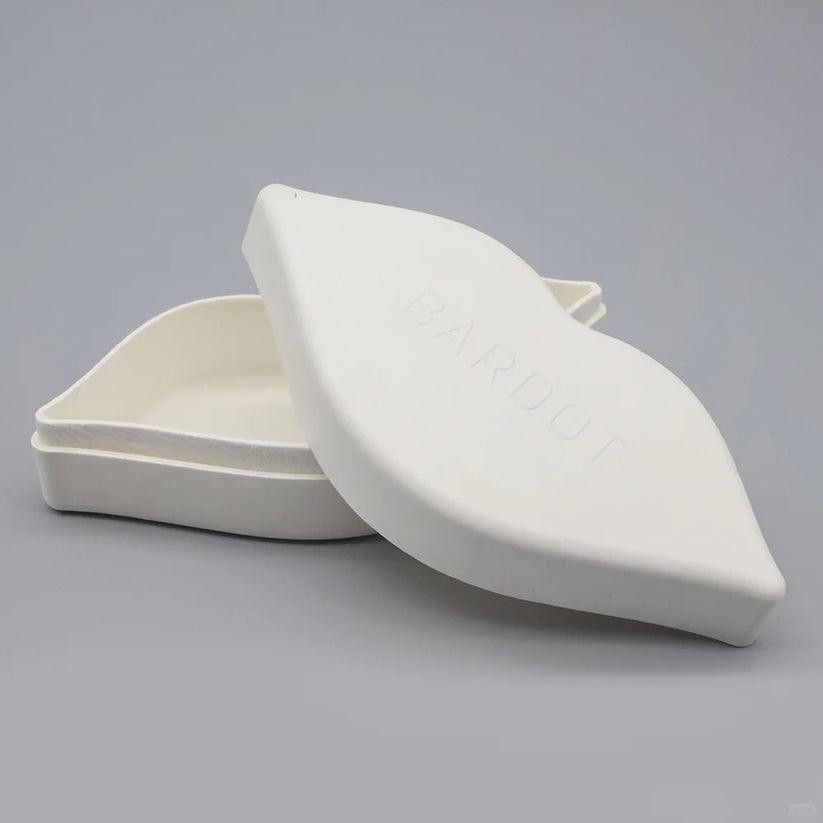Overall, the future looks promising for biodegradable and more sustainable packaging options within the cosmetic and beauty industry as consumer demand for reduced waste packaging grows. With continuous technological advancements and coming policy changes like plastic bans, more and more major brands will transition key formats to biodegradable paper, bamboo, sugarcane or bioplastic alternatives.
At the same time, enhancing end-of-life management infrastructure like commercial composting facilities and ensuring proper disposal pathways will be critical to support the increased use of compostable materials. Education around sustainability claims, biodegradation timeframes and the importance of composting also needs strengthening. With collective action across the value chain, the industry can massively cut down on plastic pollution from packaging through viable biodegradable solutions. Undoubtedly, biodegradability will play a much larger role for cosmetic brands striving to leave less waste behind.
The Road Ahead for Biodegradable Beauty Packaging
More cosmetic brands are implementing biodegradable cosmetic packaging alternatives to answer the call for reduced environmental impact. Here are some examples:
L'Occitane en Provence introduced paper-based tubes and pots made from wheat starch or sugarcane for select products.
-
OTARAPACK Beauty utilizes PLA bottles with screw top lids for its foundation, concealer and treatment products.
-
Juice Beauty employs recyclable and refillable aluminum biodegradable cosmetic packagingalongside Wheat Starch compacts.
-
Physicians Formula recently transitioned to 100% sustainably sourced paper-based compacts and cartons.
-
Dr. Bronner's updated its liquid soap bottles to 100% PLA from conventional HDPE plastic.
-
Burt's Bees switched out plastic wrappers for home compostable paper that's Forest Stewardship Council certified.
-
-
Nudestix utilizes paper-based compacts made from 95% post-consumer recycled paper fiber.
-
-
ILIA Beauty uses aluminum containers alongside PLA and sugarcane derived packaging where possible.
Challenges of Biodegradable Cosmetic Packaging
-
While eco friendly lotion packaging is definitely more sustainable than conventional plastic variants, there are some limitations and challenges to consider:
-
Cost - Biodegradable materials usually have a higher production cost compared to mass-produced petroleum plastics. Prices may deter some brands
-
Properties - Not all bioplastics have properties identical to plastic so some formats like tubes or airless pumps can be difficult to replicate fully.
-
Infrastructure - Compostable packaging relies on specialized commercial or municipal composting facilities which aren't available everywhere yet.
-
Perception - "Biodegradable" can imply the item can be tossed rather than requiring proper disposal - education is needed around proper end-of-life scenarios.
-
Regulations - The term "biodegradable" is not well-defined legally and certain materials may require specific certifications before making environmental claims.
-
Timeframe - Biodegradation timeframes may exceed 6 months depending on conditions and consumers want rapid results not multi-year timelines.
-
Microplastics - Degradation byproducts could potentially contribute to microplastic pollution if eco friendly lotion packaging is not managed correctly through composting.




